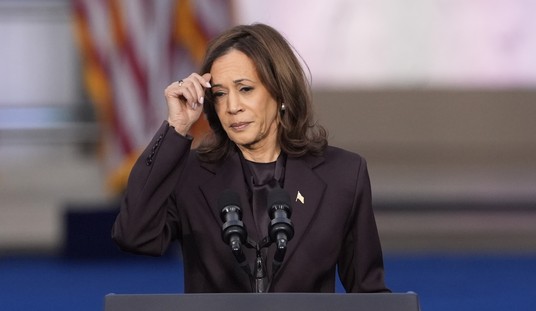Defense Secretary Pete Hegseth is taking a bold stand by advocating for a ban on future transgender soldiers in the military while pushing for sweeping changes that would impact current service members. Hegseth, a vocal critic of the military's progressive shift under the Biden administration, argues that policy changes are detrimental to combat readiness and military cohesion. His proposal to ban transgender individuals from entering the military stems from concerns over the physical and psychological challenges that may arise, while his focus on current transgender soldiers seeks to address what he views as a disruption to military effectiveness. As the debate intensifies, Hegseth's stance has ignited strong reactions, with conservatives applauding his approach and liberals condemning it as discriminatory.
In compliance with an executive order signed by President Donald Trump, Hegseth has ordered the Pentagon to halt integrating new transgender recruits and suspend planned medical procedures scheduled to treat current service members diagnosed with gender dysphoria, such as gender transitioning surgeries. Transgender rights advocates estimate that around 15,000 transgender individuals are currently serving in the military, including nearly 9,000 on active duty and 5,727 in the reserves. However, officials contend that the actual number is in the low thousands.
“Effective immediately, all new accessions for individuals with a history of gender dysphoria are paused,” Hegseth’s memo read. “All scheduled, unscheduled, or planned medical procedures associated with affirming or facilitating a gender transition for service members are paused."
In regards to service members with gender dysphoria already in the military, Hegseth assured them they would be “treated with dignity and respect.” However, it is unclear what that means.
Last week, during a military town hall, Hegseth said the “single dumbest phrase in military history is, ‘Our diversity is our strength,’” criticizing the push for Diversity, Equity, and Inclusion (DEI) initiatives. Instead, he said that strength and shared purpose unify Americans.
Recommended
According to the Congressional Research Service, from January 1, 2016, to May 14, 2021, the DoD is said to have spent around $15 million on transgender-related treatments, both surgical and nonsurgical, for 1,892 active duty service members. This included $11.5 million for psychotherapy and $3.1 million for surgeries. According to the Defense Health Agency, the surgeries were performed in military health facilities. They included the removal of breasts or testicles, hysterectomies, and labiaplasty, which is the creation of or reshaping of the flesh around a vagina.
In 2015, the Obama administration initiated a Rand study that projected the annual cost of gender-affirming care for active duty service members to be between $2.4 million and $8.4 million. In addition, the study found that these procedures and other transition-related factors could limit service members' ability to deploy, further declining the military’s readiness.
In 2016, then-Defense Secretary Ash Carter declared that transgender individuals already serving in the military would be allowed to continue serving and announced that transgender people could enlist starting July 1, 2017. However, in July 2017, President Donald Trump revealed plans to ban transgender individuals from serving in the military, stating he had consulted with leaders and experts in the U.S. military before deciding that the Department of Defense did not need to be "burdened with the tremendous medical costs and disruption that transgender service would entail." A year later, then-Secretary of Defense James Mattis released a policy that banned individuals diagnosed with gender dysphoria from serving in the military.
However, the policy was met with many lawsuits, which the Supreme Court ultimately upheld in January 2019.
Just days after taking office in 2021, former President Joe Biden reversed the policy.


